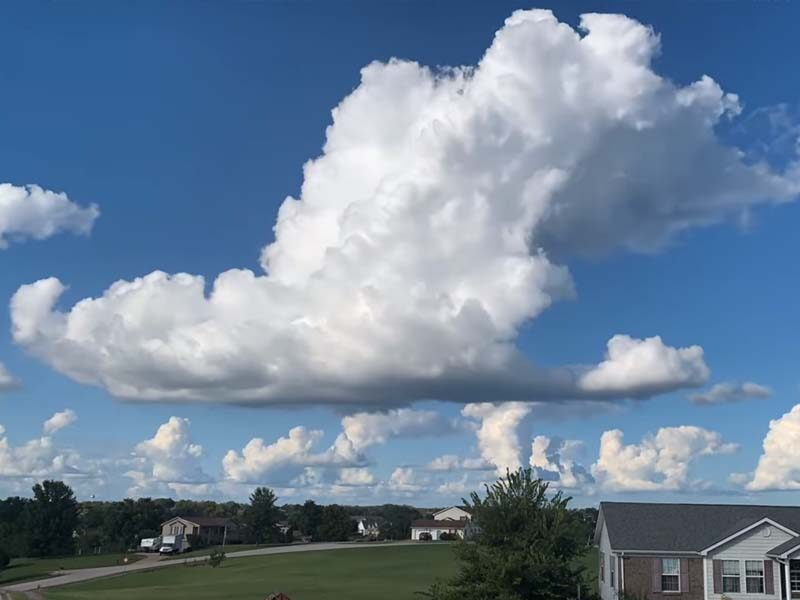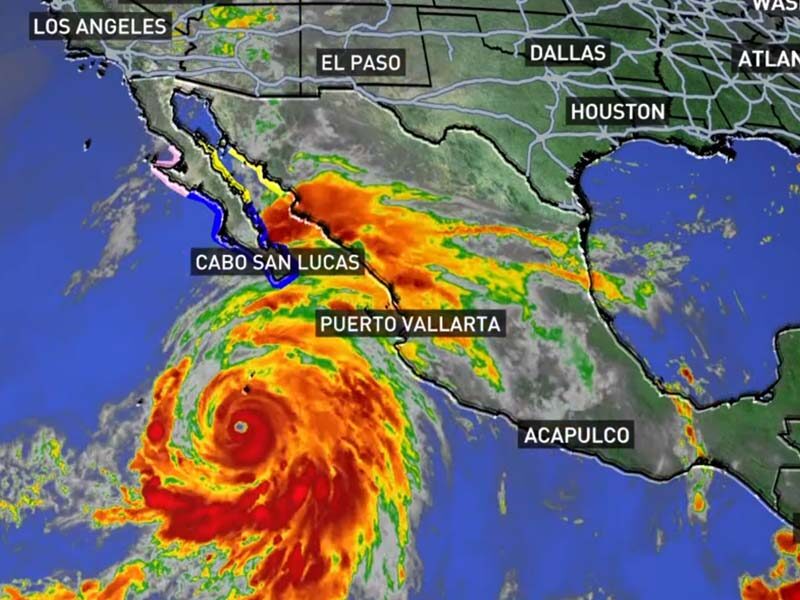Planning an outdoor event, a vacation, or simply curious about the weather forecast for the upcoming week? You may have noticed that many weather apps and websites provide forecasts up to 10 days in advance. But how accurate are these long-range predictions? In this article, we’ll delve into the factors influencing the accuracy of weather forecasts 10 days out and provide you with tips
for interpreting them effectively.
The Complexity of Weather Forecasting
Weather forecasting is a complex science that relies on numerous data sources, computer models, and meteorological expertise. While meteorologists employ advanced technology and sophisticated algorithms to predict the weather, it’s important to understand that forecasting accuracy decreases as the forecast period extends further into the future.
Factors Affecting Forecast Accuracy
- Timeframe: The accuracy of weather forecasts decreases as the forecast period increases. Short-term forecasts, such as those for the next 24 to 48 hours, tend to be more reliable than long-range forecasts;
- Model Uncertainty: Weather forecast models use mathematical equations to simulate atmospheric conditions. However, these models are based on simplified representations of the complex atmosphere, which introduces uncertainties into the predictions;
- Data Availability: Weather models rely on accurate and up-to-date data from weather stations, satellites, buoys, and other sources. In remote areas or regions with limited data coverage, forecast accuracy may be compromised;
- Atmospheric Variability: The atmosphere is a highly dynamic system influenced by countless variables such as temperature, humidity, wind patterns, and air pressure. Small changes in these variables can have significant impacts on the accuracy of long-range forecasts;
- Chaos Theory: The atmosphere is subject to chaotic behavior, meaning that even minor changes in initial conditions can lead to substantial variations in the predicted weather over time. This inherent chaotic nature makes it challenging to accurately predict weather conditions beyond a certain timeframe.
Tips for Interpreting Long-Range Weather Forecasts
- Consider Trends: Instead of focusing solely on specific predictions, look for trends in the forecast. Is the weather expected to be generally warmer or cooler than average? Will it be wetter or drier than usual? Understanding the overall trend can provide a more reliable sense of what to expect;
- Confidence Level: Pay attention to the confidence level provided with the forecast. Some weather apps or websites may indicate the level of certainty associated with the prediction. Forecasts with higher confidence levels are generally more reliable;
- Be Flexible: Keep in mind that long-range forecasts can change as new data becomes available. If you’re making plans based on a 10-day forecast, it’s wise to remain flexible and adjust your plans if necessary;
- Localized Effects: Weather patterns can vary significantly within a small geographical area. Localized effects such as sea breezes, mountainous terrain, or urban heat islands can impact the accuracy of long-range forecasts. Consider the unique characteristics of your location when interpreting the forecast;
- Seek Updates: As your event or travel date approaches, check for updated forecasts. Weather conditions can evolve, and more accurate predictions may become available closer to the desired timeframe.
Conclusion
While weather forecasts 10 days out can provide a general idea of what to expect, it’s essential to understand the limitations and factors influencing forecast accuracy. Remember to consider trends, confidence levels, and localized effects when interpreting long-range forecasts. Ultimately, staying informed and being flexible will help you make better decisions based on the available weather predictions.
FAQ
Weather forecasts become less accurate as the forecast period extends further into the future. While short-term forecasts (within 24-48 hours) tend to be more reliable, long-range forecasts (10 days or more) have a higher degree of uncertainty.
It’s advisable to use 10-day forecasts as a general guide rather than relying solely on them for planning. Keep in mind that weather conditions can change, and it’s wise to remain flexible and consult updated forecasts closer to the desired timeframe.
Some weather apps or websites may indicate the level of confidence associated with their forecasts. This information can give you a sense of how reliable the predictions are, but it’s important to remember that even high-confidence forecasts can still have inherent uncertainties.
When interpreting long-range forecasts, consider overall trends rather than specific details. Look for patterns in temperature, precipitation, or other key factors. Additionally, consider localized effects that can influence weather conditions in your specific area.


